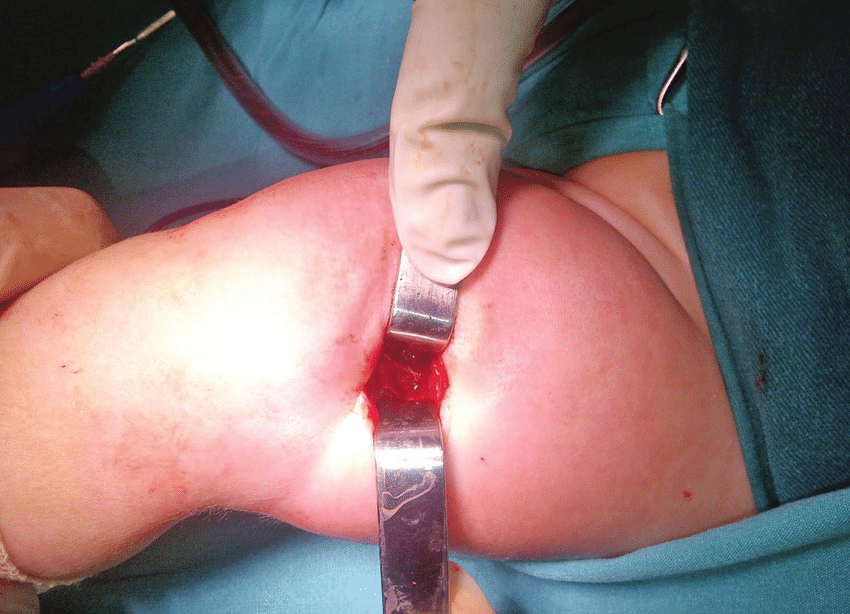
Incision and Drainage (I&D) is a minor surgical procedure used to treat abscesses or infections that result in the accumulation of pus under the skin or in a body cavity. The procedure involves making a small incision in the affected area to allow the pus to drain out, relieving pressure and promoting healing. I&D is […]
Incision and Drainage (I&D) is a medical procedure designed to release pus or fluid from an abscess, boil, or other localized infection. The procedure involves making a small cut (incision) to open the abscess and allow the infected material to drain out. This helps to alleviate pain, reduce inflammation, and promote healing by removing the source of infection.
During an I&D procedure, the following steps typically occur:
© 2021-2025 Jackson Urgent Care. All Rights Reserved. Made With Love by Ignite Marketing Agency.